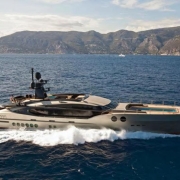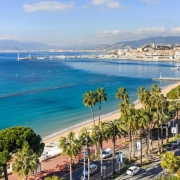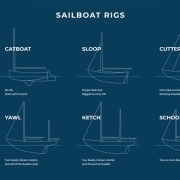New Construction Yachts – Materials for Building Boats
29 February 2016
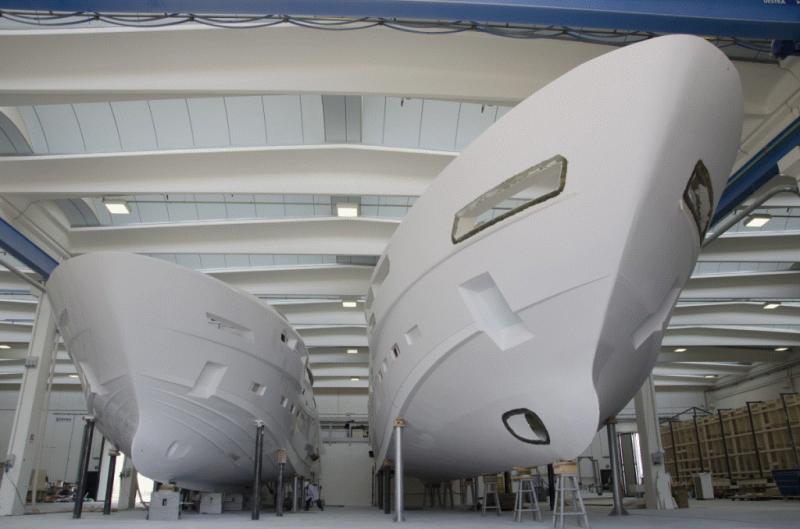
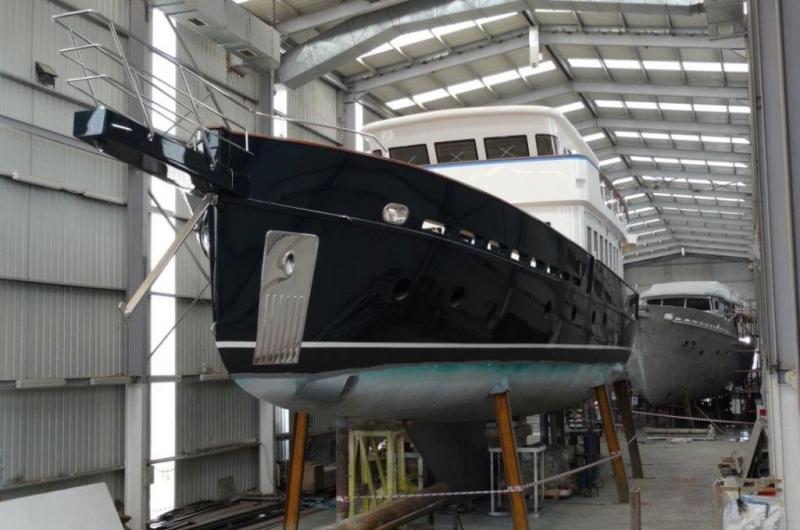
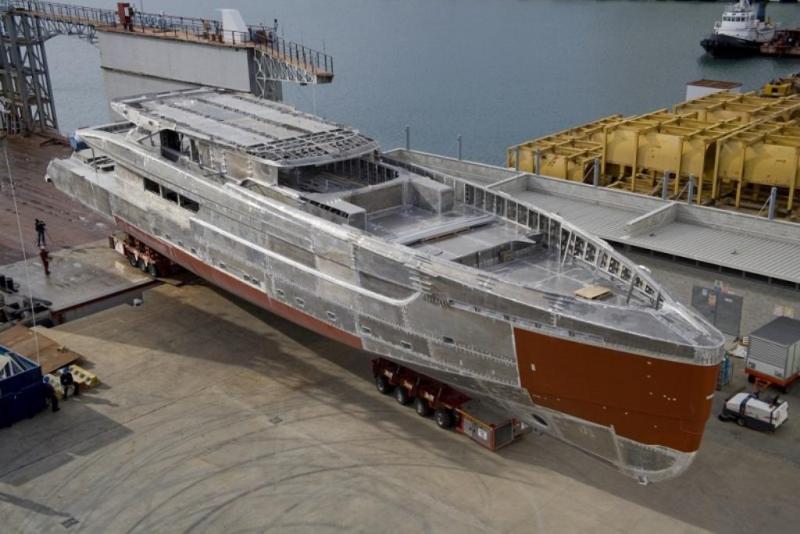
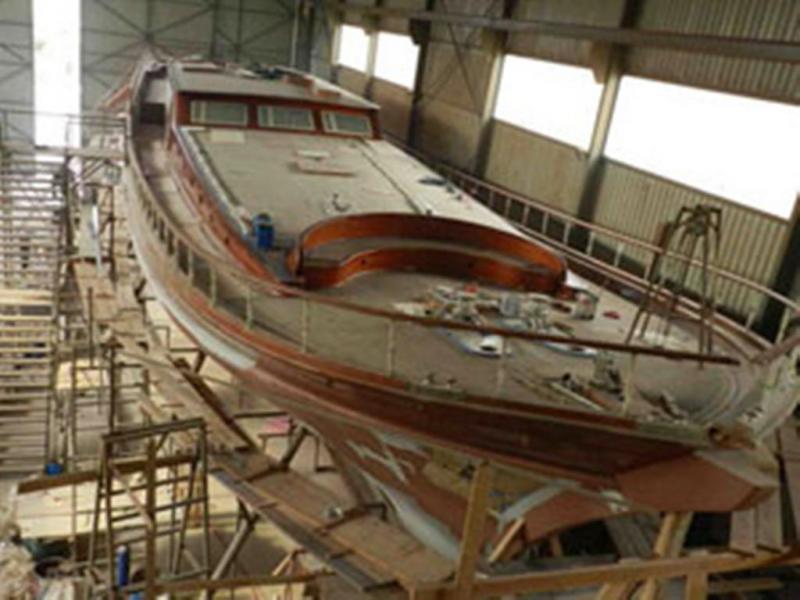
MATERIALS GUIDE FOR BOAT BUILDING
Whether you’re considering to build a new construction yacht or purchasing a pre-owned boat, you will come across the question of what’s the ideal material for building one or consider one already built.
In the past century, boats have evolved from wood to composite and the naval architects and shipyards have added steel, aluminium, various plastics, and even Ferro-cement to the material list. And now each material is available in a variety of forms. As a result, many yachts employ several materials, and you will notice the possibilities are endless.
As new materials were introduced, many of them in the post-war boom of the late 1940s and early 1950s, boatbuilding opinions are different. Early wisdom indicated that steel was most suitable for large yachts and fibreglass appropriate only for small boats, but these were only early opinions.
Adequate material selection, whether you’re building a single new construction yacht or a series of them, is critical to success. Among the many factors to consider, the most important are weight, strength and corrosion resistance. Secondary to these are the size and shape of the hull, the intended use of the vessel, and her cruising area(s).
There are also differences in material and labour costs which, in the end, can represent a substantial percentage of a fully equipped and finished yacht.
Each of these materials has pros and cons, so, it is not surprising to see naval architects, designers and shipyards pick and choose to create custom yachts from a mix of materials.
In the 50 to 200-foot range, the following common materials are successfully used nowadays:
WOOD
Wood is the traditional boat building material used for hull and spar construction. It is buoyant, widely available and easily worked. It is a popular material for small boats (of e.g. 6-metre (20 ft) length; such as dinghies and sailboats). Its abrasion resistance varies according to the hardness and density of the wood and it can deteriorate if freshwater or marine organisms are allowed to penetrate the wood. Woods such as Teak, have natural chemicals which prevent rot.
Wood can be worked as solid planks or plywood. Today, many boats are cold-moulded using wood strips and resin. Wood offers thermal, acoustic, and aesthetic advantages that other materials, particularly metals, find tough to match. Saturating the wood in resin reduces maintenance issues, but does not eliminate them.
STEEL
Steel is either used in sheet or alternatively, plate [14] for all-metal hulls or for isolated structural members. It is strong, but heavy (despite the fact that the thickness of the hull can be less). It is generally about 30% heavier than aluminium and somewhat heavier than fibreglass. This material rusts unless protected from water (this is usually done by means of a covering of special paint). Modern steel components are welded or bolted together.
Steel is strong, even in light gauges, and can be repaired at even the most rudimentary facilities. It is amenable to both cold and hot climates, allowing it to be shaped into compound curves and complex shapes. Susceptibility to rust is a slight disadvantage. This can be minimized with careful attention to design, construction details, and the proper application of modern coatings. Steel is frequent on Displacement and/or large new construction yachts.
ALUMINIUM
Aluminium, which is costlier than steel, is very light for its strength. Proper selection of marine alloys is essential; other grades will not resist in a salt environment. For yacht-grade finishes, the application of fairing compound is usually required, and the material is susceptible to corrosion if proper precautions are not taken. Aluminium is either used in sheet for all-metal hulls or for isolated structural members. Many sailing spars are frequently made of aluminium after 1960.
The material requires special manufacturing techniques, construction tools and construction skills. It is the lightest material for building large new construction yachts requiring performance (being 15-20% lighter than fiberglass and 30% lighter than steel). Aluminium is very expensive in most countries. While it is easy to cut, aluminium is difficult to weld, and also requires heat treatments such as precipitation strengthening for most applications. Corrosion is also a slight concern with aluminium, particularly below the waterline.
FIBERGLASS (Glass-Reinforced Plastic or GRP or FRP)
The most popular material and typically used for production boats because of its ability to reuse a female mould as the foundation for the shape of the boat. The resulting structure is strong in tension but needs to be either laid up with many heavy layers of resin-saturated fiberglass or reinforced with wood or foam in order to provide stiffness. GRP hulls are largely free of corrosion though not normally fireproof. These can be solid fiberglass or of the sandwich (cored) type, in which a core of balsa, foam or similar material is applied after the outer layer of fibreglass is laid to the mould, but before the inner skin is laid.
This is similar to the next material, composite, but is not usually classified as composite, since the core material, in this case, does not provide much additional strength. It does, however, increase stiffness, which means that less resin and fiberglass cloth can be used in order to save weight. Most fibreglass new construction yachts are currently made in an open mould, with fibreglass and resin applied by hand (hand-lay-up method). Some boats are now constructed by vacuum infusion where the fibres are laid out and resin is pulled into the mould by atmospheric pressure. This can produce stronger parts with more glass and less resin but requires special materials and more technical knowledge.
Older fiberglass boats before 1990 were often not constructed in controlled temperature buildings leading to the widespread problem of fibreglass pox, where seawater seeped through small holes and caused delamination, also called “Osmosis”. Sometimes the problem was caused by atmospheric moisture being trapped in the layup during construction in humid weather. Not only has this problem been now resolved by most yards but fiberglass yachts are now covered by a high-quality Gelcoat layer.
COMPOSITE MATERIALS
While GRP, wood, and even concrete hulls are technically made of composite materials, the term ‘composite’ is often used for plastics reinforced with fibers other than (or in addition to) glass. Composite types include sheathed-strip, which uses (usually) a single layer of strips laid up parallel to the sheer line.
The composite materials are then applied to the mould in the form of a thermosetting plastic (usually an epoxy, polyester, or vinyl ester) and some kind of fiber cloth (fiberglass, kevlar, dynel, carbon fiber, etc.), hence the finished hull is a ‘composite’ of fiber and resin. These methods often give strength-to-weight ratios approaching that of aluminium, while requiring less specialized tools and skills.
Composites are perhaps better suited to production new construction yachts rather than custom ones. Advantages include the ability to mix and match a plethora of resin and reinforcement choices to meet strength, weight, and dimensional requirements. Corrosion concerns are generally nil, but there are special concerns with electrically conductive carbon graphite reinforcements that should not be ignored.
***
At Allied Yachting, if you’re considering to build a new construction yacht, we’ll be honoured to advise you further on the subject; please don’t hesitate to enquire with us.

